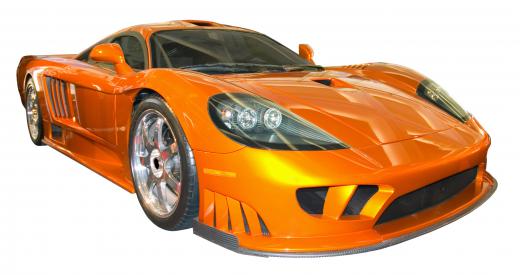An electronic speed control is a component that controls the speed of an electronic motor through a technology known as pulse width modulation (PWM). The component rapidly switches a set of transistors on and off to determine how much power should reach the engine. The more the switches are left on, the more power the motor receives, and the faster it can go. This technology is used in a variety of devices with electric motors to provide a high degree of control over speed and other characteristics.
One area where electronic speed control is widely used is in remote controlled vehicles such as model airplanes and cars. In these applications, size and weight are critical factors because the equipment carries the electronic speed control. If it is too heavy, it may drag the remote controlled vehicle down, and could cause problems with its functionality. Manufacturers use products like brushless motors made from very lightweight metals to cut down on total weight and limit drag created by the controller.

The device carefully determines when to switch on and off in response to input from the operator as well as feedback from the device itself. With the switches in the mostly off position, the device receives limited power. Some models made loud whining noises at low power settings, a phenomenon familiar to operators of remote controlled vehicles. The design of the controller depends on the engine design, as the device needs to be able to work with motor's rotations.
Aircraft and vehicles can also use electronic speed control as part of the systems available to the driver for tight control of speed. These systems may have braking and reversing capabilities as well as the basic pulse width modulation features. Use of electronic speed control can provide more responsiveness and fine-tuned control, critical for vehicles like sports cars and commercial aircraft laden with passengers.
On full-size vehicles, the electronic speed control may be connected to safety systems that act as failsafes in the event of a problem. If the motor or other components fail, safety systems can take up the slack until the operator can safely bring the vehicle to a stop. A series of failures would have to occur for a system to totally break down, as seen with aircraft, where a very large number of primary and auxiliary systems need to stop working all at once during flight to bring a plane down.
Ever since she began contributing to the site several years ago, Mary has embraced the exciting challenge of being a About Mechanics researcher and writer. Mary has a liberal arts degree from Goddard College and spends her free time reading, cooking, and exploring the great outdoors.

